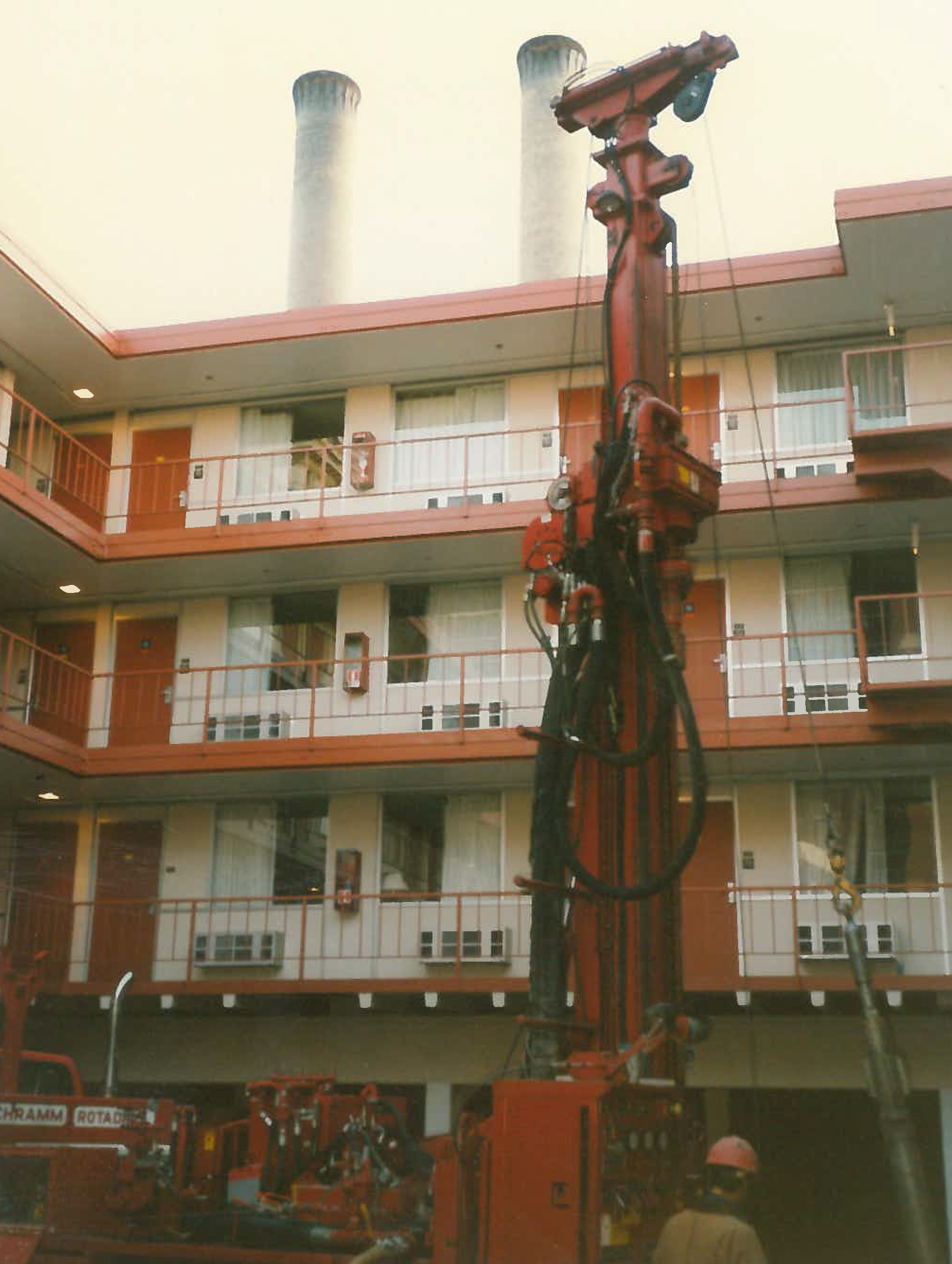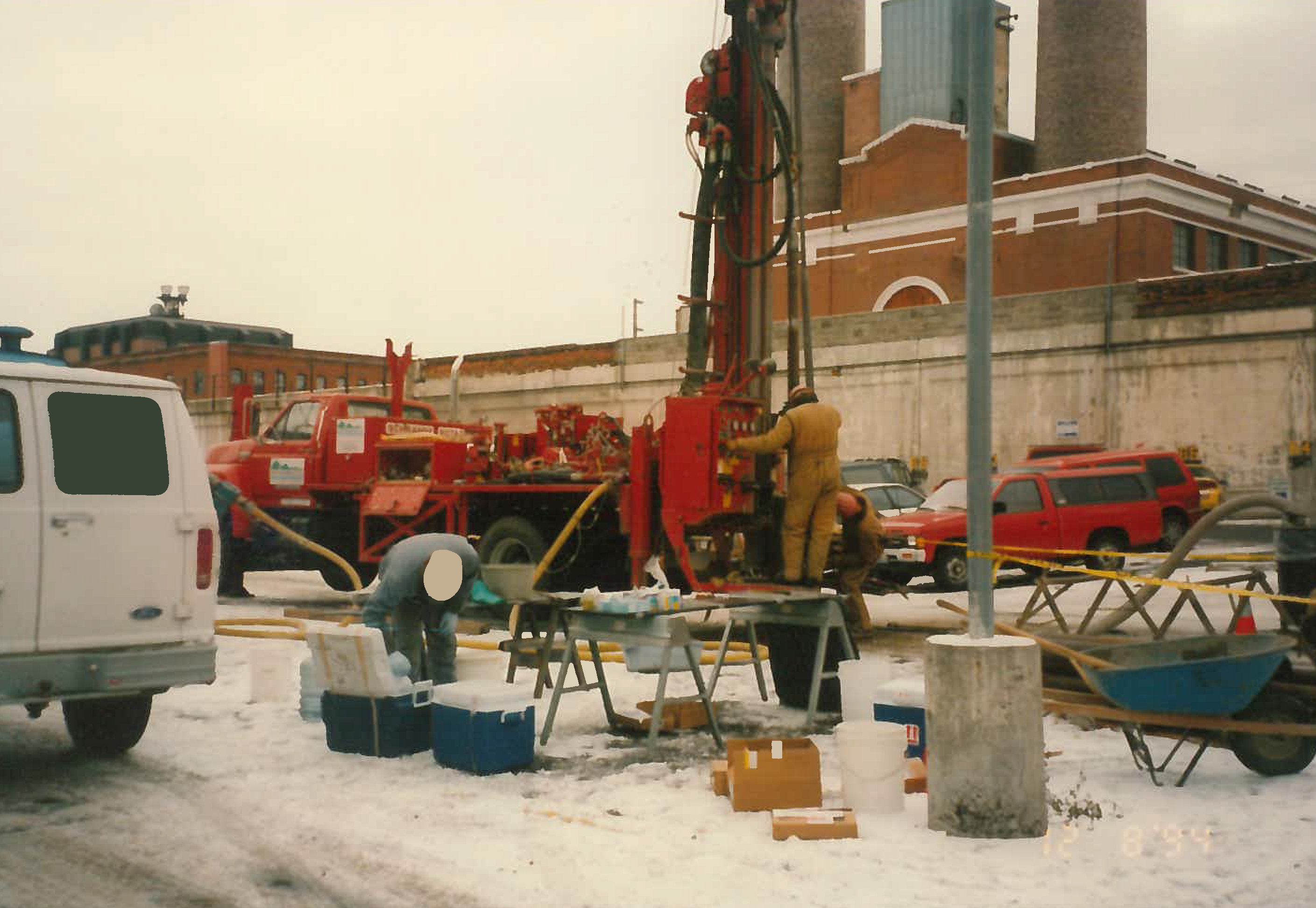Project Details
- Environmental Remediation
Client
Avista Corporation
Date
1995 – Present
Location
Spokane, WA
Team Members
Ashleigh Gertsch, GIT
Dan Gray, LG
Shane Kostka, LG
Tina Cook
Weston Boardman, LG
Spokane Central Steam Plant Cleanup Action
The Central Steam Plant, constructed in 1915, provided steam heat until 1986 to businesses located in the downtown core. It’s listed on the National Register of Historic Places and is one of the most identifiable landmarks in Spokane.
The Challenge
In 1982 a release of Bunker C fuel oil was reported, and it was later determined that an estimated 75,000 gallons of Bunker C had leaked from the Central Steam Plant facility’s underground storage tanks. Following discovery of the release, there was significant public interest and concern about how the release might impact human health in Spokane and how it might affect the plans for downtown redevelopment. Landau was tasked with developing a cleanup remedy in accordance with the Washington State Model Toxics Cleanup Act (MTCA) that would allow the revitalization project to continue on schedule.
For more than 25 years, monitoring on this project has demonstrated the effectiveness of Landau’s remedial design.
Our Approach
Landau performed a remedial investigation and feasibility study (RI/FS), in accordance with a consent decree, to characterize the nature and extent of Bunker C petroleum hydrocarbons in soil and groundwater and to develop and evaluate cleanup action alternatives. Landau prioritized alternatives that would limit the potential for human exposure during cleanup activities, protect human health and the environment, and allow long-term operation and monitoring that would not interfere with the planned redevelopment of the Central Steam Plant building and surrounding properties.
The Solution
Based on an evaluation and comparison of cleanup action alternatives, Landau recommended permanent closure of existing underground storage tanks and construction of a subsurface barrier wall at the leading edge of the impacted soil, to permanently contain the contamination. Landau also designed a free product recovery system and a bioventing system to stimulate in situ biodegradation. The project included stormwater diversion to reduce infiltration through affected soil, as well as monitoring and institutional controls.
These remedial components prioritized containment of free product, limited the potential for human exposure, and provided for monitoring to ensure effectiveness of the selected alternative.
The remediation system has effectively contained impacts from the release onsite and has not impacted redevelopment opportunities within the Davenport District.
This project—with multiple stakeholders, significant public involvement and scrutiny, and a high level of regulatory oversight—shows how Landau’s innovation leads to long-term solutions for our clients and affected communities.

